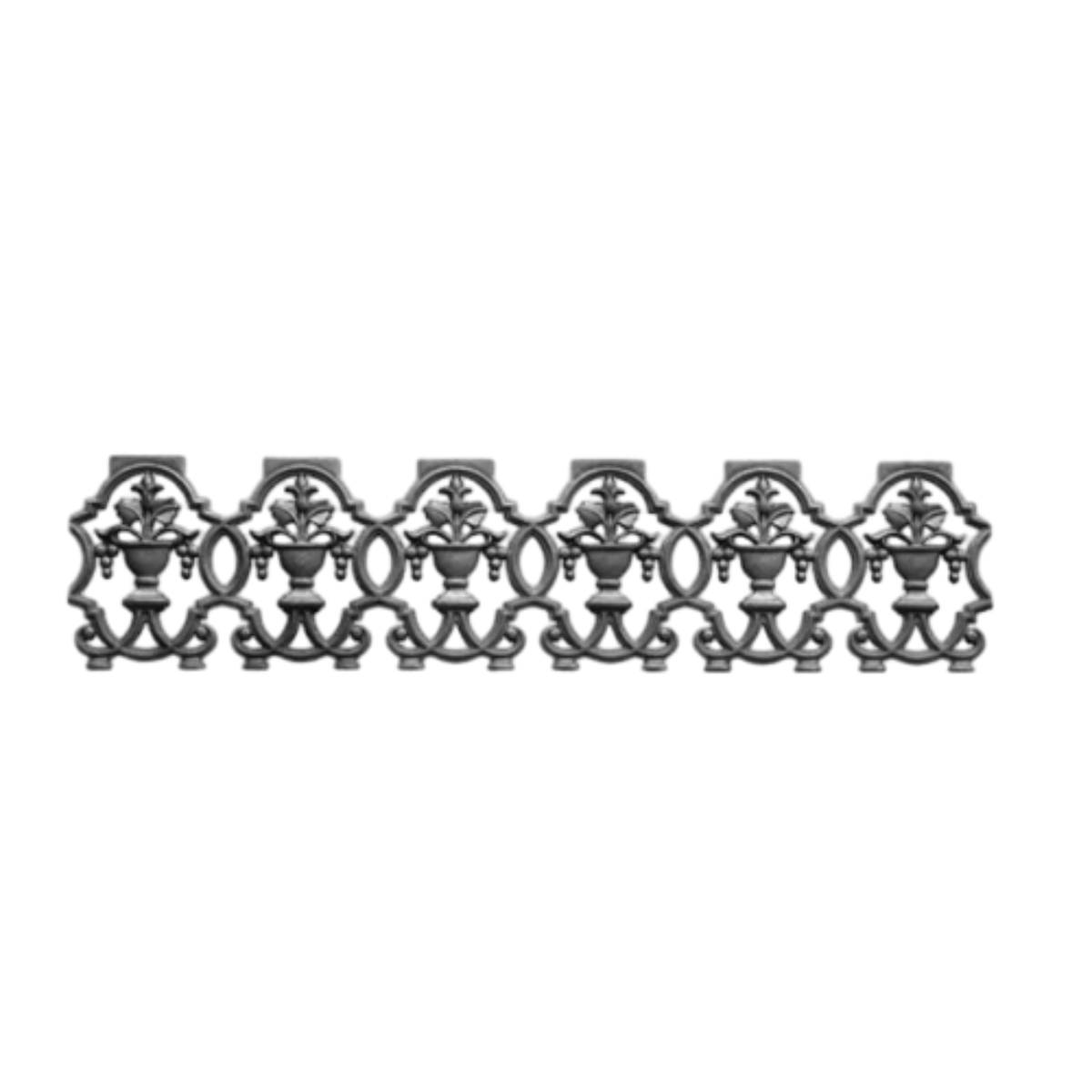Exploring the Future of Design Through Iron Aesthetics and Innovative Concepts
The Art and Science of Iron Design
In the world of design, few materials have made as significant an impact as iron. Known for its strength and versatility, iron has been used in various forms throughout history, not only for functional purposes but also as a medium for artistic expression. Iron design encompasses a broad spectrum, from architectural elements and furniture to intricate sculptures and decorative pieces. This article explores the rich heritage of iron design, its modern applications, and its significance in contemporary aesthetics.
Historical Context
Iron has been a crucial material since ancient civilizations began utilizing it for tools and weapons. The Iron Age marked a turning point in human development; as societies learned to forge and manipulate iron, they enabled advancements in agriculture, warfare, and construction. The enduring nature of iron made it an ideal choice for building monumental structures. The grandeur of the Eiffel Tower, constructed in the late 19th century, showcases iron’s capacity to create visually stunning and structurally sound designs.
Throughout history, artisans honed their skills in blacksmithing, transforming raw iron into beautiful objects. Decorative ironwork, such as wrought iron railings and gates, became emblematic of craftsmanship. These elements not only served functional roles but also enhanced the aesthetic appeal of buildings and spaces. The ability to mold iron into various shapes and forms established it as a favorite among designers and craftsmen across cultures.
Modern Applications
In contemporary times, iron design has evolved, merging traditional techniques with innovative approaches. Architects and designers now use iron in various forms, such as cast iron, wrought iron, and steel. Each form possesses unique properties, lending itself to different styles and applications. For instance, steel’s lightweight yet robust nature has made it the backbone of modern skyscraper construction, enabling architects to push the limits of height and design.
Furniture design has also seen a resurgence of iron as a prominent material. Iron tables, chairs, and shelves are not only functional but also serve as artistic statements. Designers are increasingly blending iron with other materials, such as wood or glass, creating striking contrasts that highlight the beauty of both elements. Vintage and industrial styles have gained popularity, emphasizing the raw, unrefined quality of iron.
iron design

Artistic Expression
Iron design transcends functionality; it is a canvas for artistic expression. Sculptors and artists harness iron’s malleability to create dynamic works that provoke thought and inspire emotion. Whether through large-scale installations in public spaces or delicate pieces in galleries, iron art challenges traditional conceptions of beauty and permanence. The rust that naturally forms on iron can be embraced as part of the design, adding depth and character to art pieces.
One notable example is the work of renowned artist Richard Serra, whose monumental steel sculptures invite viewers to engage with their surroundings. His creations demonstrate how iron can evoke a sense of place and interaction, transforming a mere material into an immersive experience. Artists like Serra pave the way for future generations to explore the possibilities of iron in artistic expression.
Sustainability and Innovation
In an age where sustainability is paramount, the design community is increasingly focused on eco-friendly practices. Iron, being a recyclable material, offers an attractive solution for sustainable design. Reclaimed iron can be repurposed in various projects, reducing waste and minimizing the environmental impact. Designers are rethinking traditional processes, exploring new techniques that honor the material's history while embracing modern ethical considerations.
Moreover, advancements in technology, such as CNC machining and 3D printing, have opened new avenues for iron design. These innovations allow for intricate designs that were previously difficult to achieve, enabling artists and designers to push creative boundaries. The integration of technology into traditional ironworking not only preserves artisanal skills but also enhances the potential for contemporary design.
Conclusion
Iron design stands as a testament to the material’s enduring appeal and versatility. From its historical roots to its modern applications, iron continues to shape our built environment and artistic expressions. As designers explore innovative techniques and sustainable practices, the future of iron design looks promising. With its unique blend of strength, beauty, and functionality, iron will undoubtedly remain a vital component of design for generations to come. Whether in the form of a striking sculpture, a beautifully crafted piece of furniture, or an elegant structural element, iron design captivates and inspires, affirming its place in the heart of the design world.
-
Window Lock Handle for Security UpgradesNewsJun.20,2025
-
Proper Lubrication Techniques for Sliding Gate WheelsNewsJun.20,2025
-
Ornamental Iron Castings for Interior DesignNewsJun.20,2025
-
Creative Ways to Decorate Around a Cast Iron FireplaceNewsJun.20,2025
-
Cast Iron Pipe and Fitting for Plumbing SystemsNewsJun.20,2025
-
Cast Iron Panel Casting for Architectural ElementsNewsJun.20,2025















